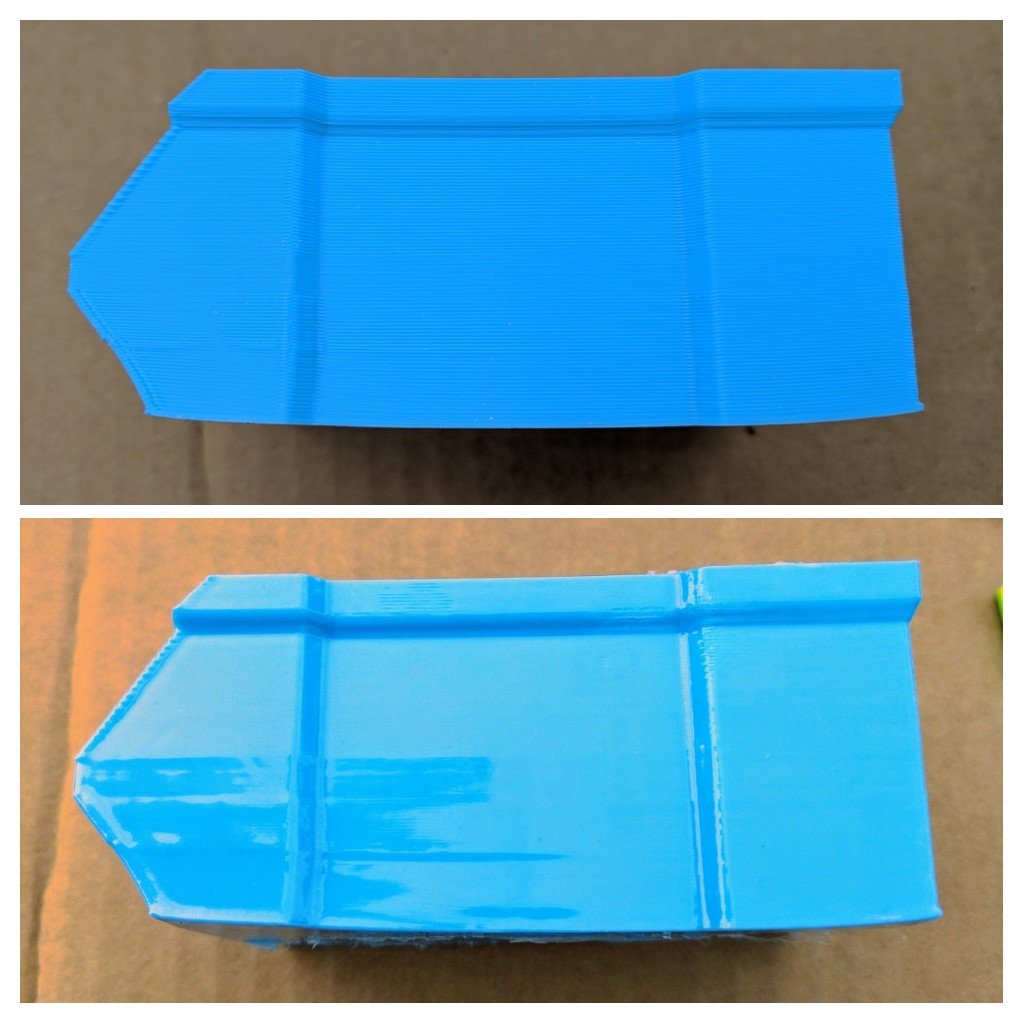Another method that you could try is an acetone vapor bath.
(All credit to them, by the way)
Just so you know, this is a very risky method, but the outcome is very nice. Remember that I warned you... And please, please watch cautionary videos and practice extreme caution. I cannot stress that enough.
All you have to do is get a heating pad (or anything that can heat up to the necessary temperatures) out into a well-ventilated environment.
Then, get a large glass jar that you probably won't need in the future that can fit the 3D Model and pour some acetone inside. Afterward, you should place a small platform inside, just as in the video. Place the jar onto the heating pad. Now, place the 3D Model inside onto the platform.
Now, remember that acetone is a solvent. That means that it basically melts off the details off of the 3D Model. So, if your model is moreover detailed, you should leave the 3D Model in the jar for a small amount of time (i.e. about 30 seconds at most). If your model is not as detailed, you can put it in for a much longer amount of time, such as five minutes. Remember, the longer it is inside, the less the details!
Also, make sure to take the model out without using your hands, as it could possibly be harmful. You could use a wire hanger attached to a piece of tin foil to take it out, just as in the video.
I hope this helps; be safe!
Seriously, exercise EXTREME caution while handling the vapor, as it is incredibly flammable, and can build up in poorly ventilated areas!





